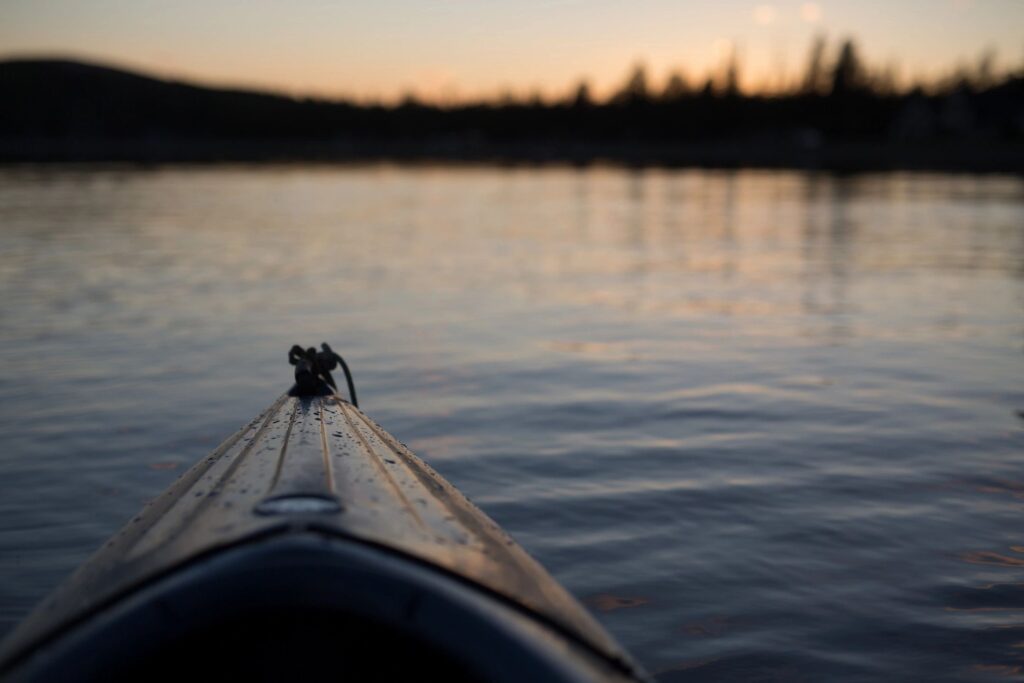Warning: Warm Temperatures Don’t Always Mean Warm Water


Warning: Warm Temperatures Don’t Always Mean Warm Water
Cold water will cool a body 25 times faster than
cold air of the same temperature.
COLUMBUS, Ohio – With spring temperatures expected this weekend and next week, the Ohio Department of Natural Resources (ODNR) is reminding Ohioans that warmer weather does not mean warmer water. Water temperatures in lakes and streams are still very cold, and even the best swimmers could experience exhaustion and symptoms of hypothermia in just minutes.
Nearly 90% of boating fatalities are due to drowning, and nearly half of those are attributed to the effects of immersion in cold water. Water cooler than the normal body temperature of 98.6 degrees causes heat loss. Cold water will cool a body 25 times faster than cold air of the same temperature.
“Warmer weather gives a lot of people the urge to get outside, but Ohio waterways need more than one or two spring-like days to warm up,” ODNR Director Mary Mertz said. “Cold water adds an extra level of risk for even the most experienced paddlers, and we want to make sure people take every precaution possible before heading out onto the water – and that means making sure to wear a life jacket.”
Wearing a life jacket while boating is as important as wearing a seat belt while driving. A properly fitted life jacket will keep a person’s airway out of the water- which is most important when the gasping reflex begins. Heart rate and blood pressure increase dramatically, increasing the risk for cardiac arrest. The victim may hyperventilate and find it difficult to get air into the lungs.
ODNR also warns Ohioans about the possibility of high water. Rain in the spring months will create high and swift moving currents in lakes, rivers, and streams. Higher water can create and conceal hazards like downed trees, eroded banks, and other underwater obstacles.
“Boaters and paddlers should scout a river or stream before launching any watercraft, that’s the first step in avoiding these dangerous situations,” said Glen Cobb, chief of the ODNR Division of Parks and Watercraft. “Second, share your float plan with a friend or family member and make sure someone knows where you plan to go.”
You can learn more about the hazards of cold and high water here. ODNR also provides more information on staying safe in the water in this section of our website.






